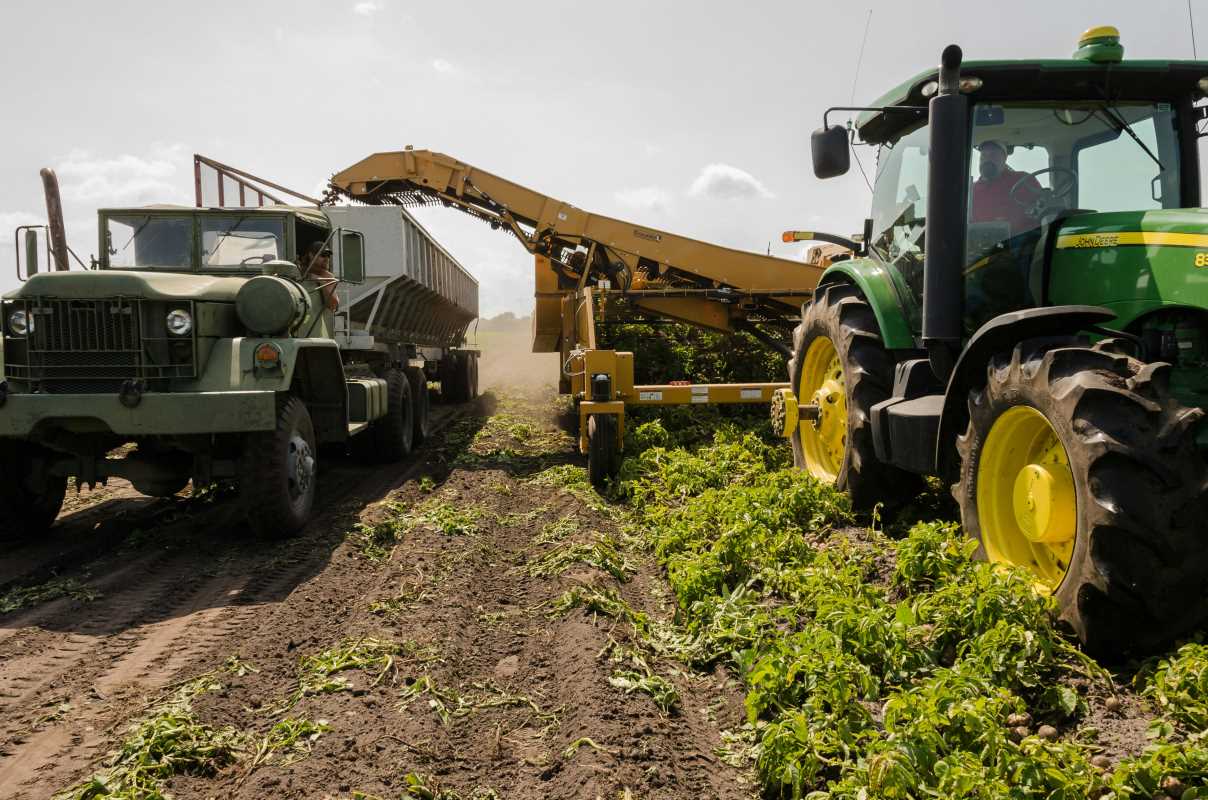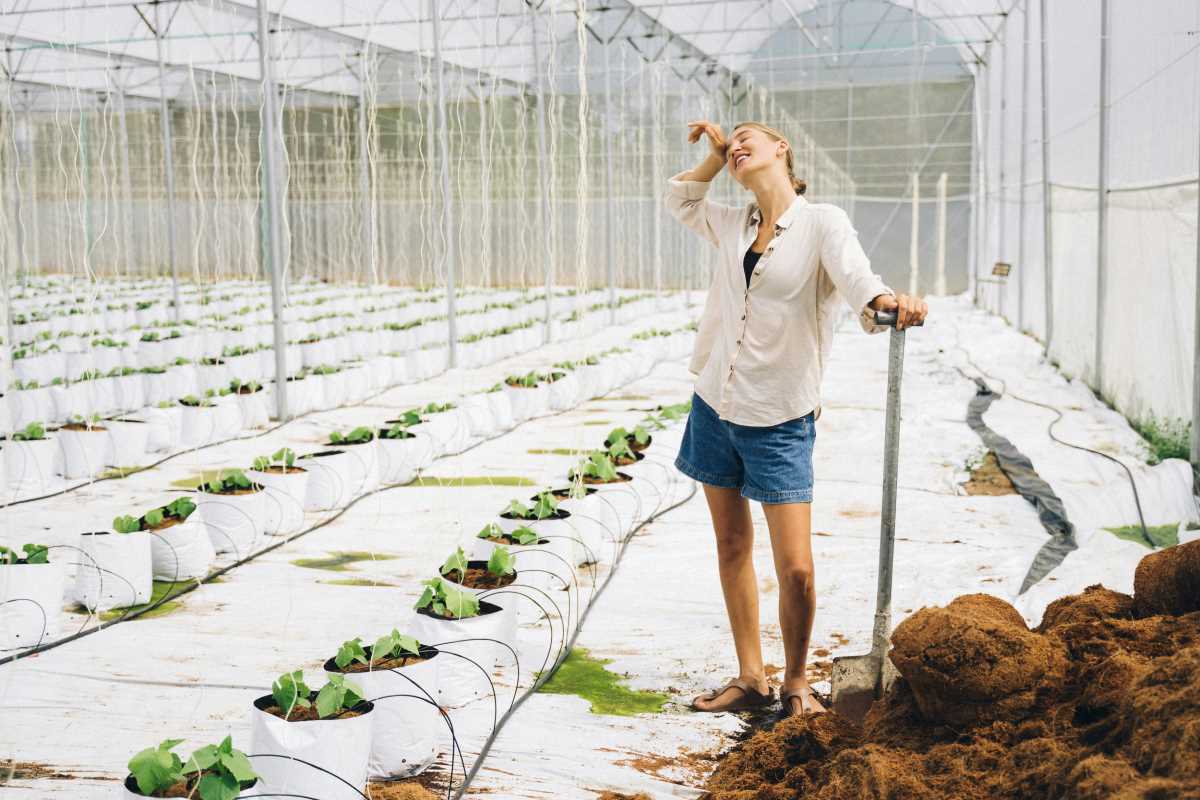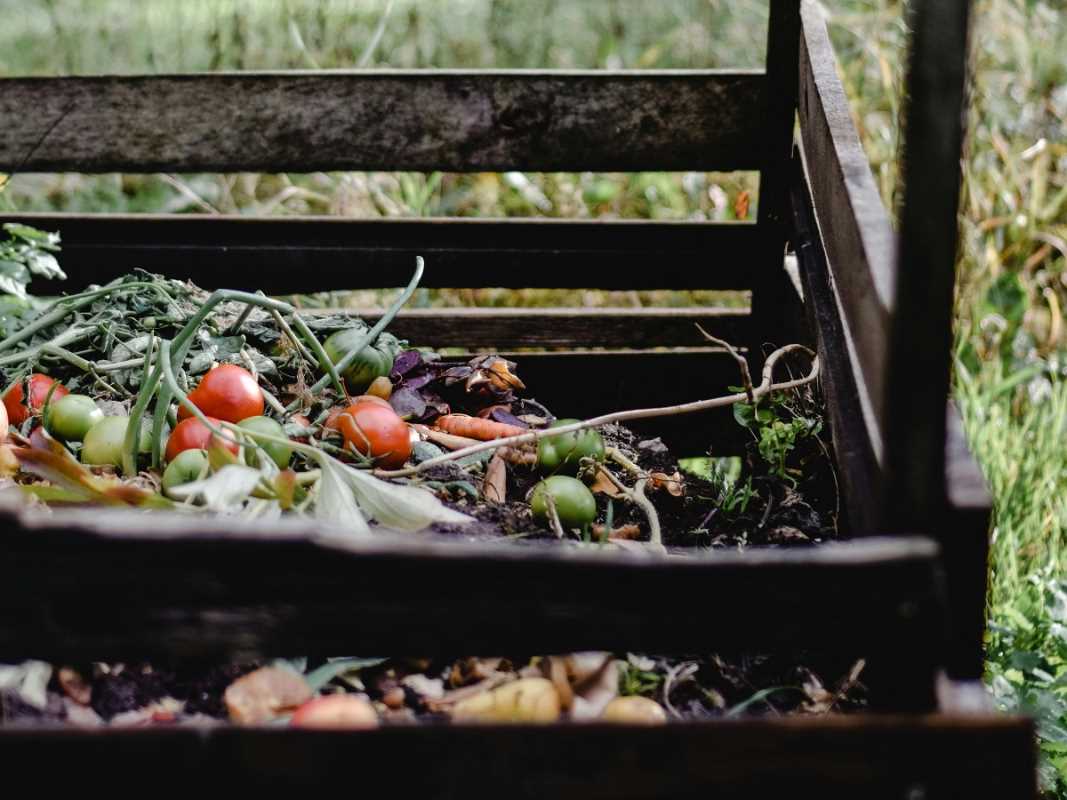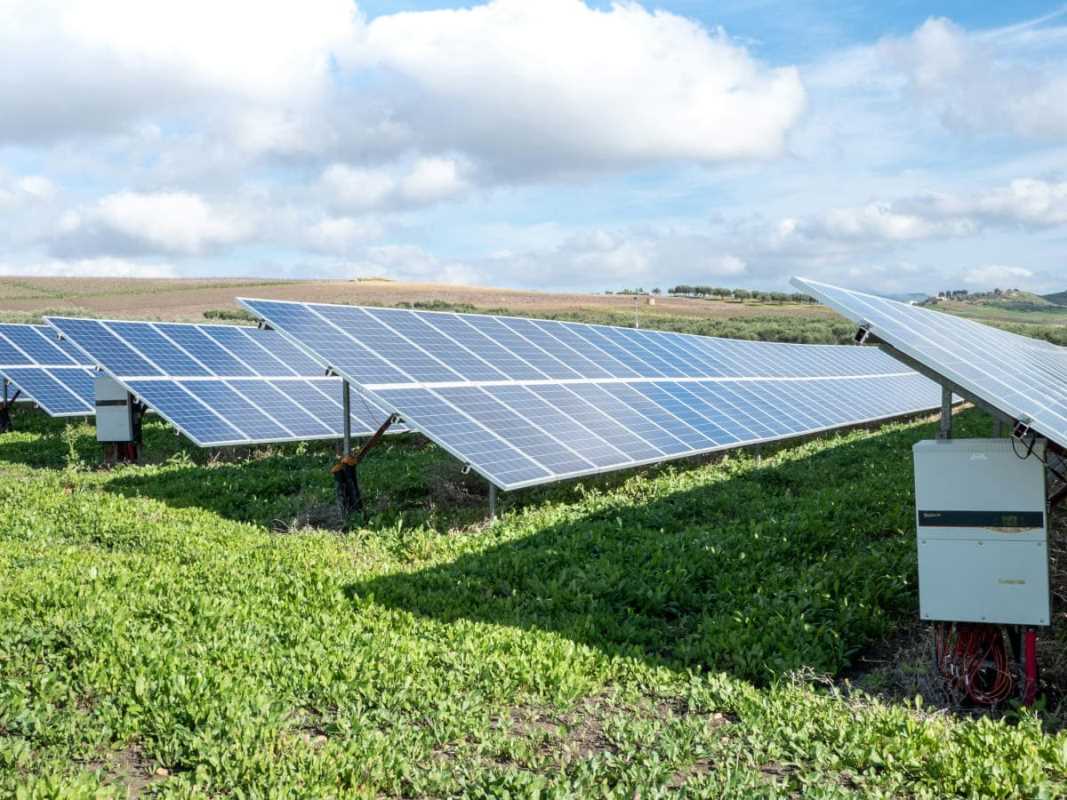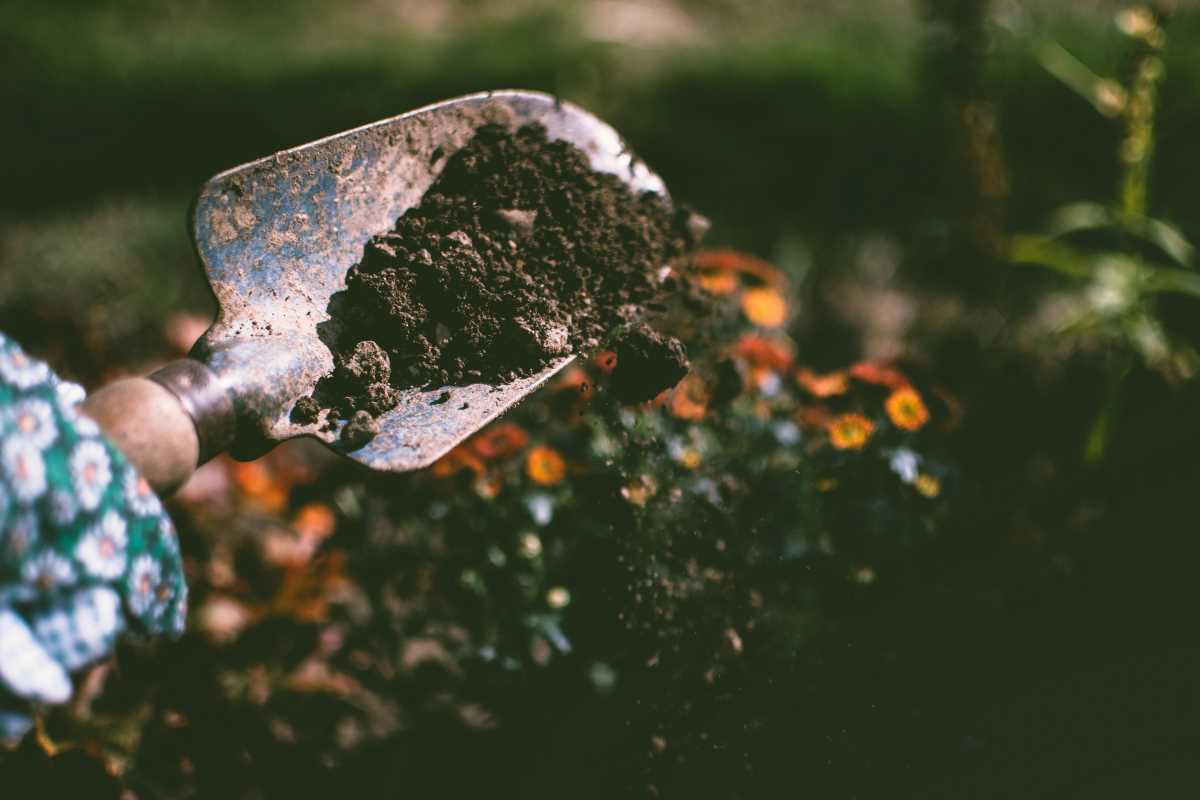Precision irrigation offers a smarter approach to managing water on your land. Targeted application ensures plants receive water exactly where they need it, which helps you avoid unnecessary runoff and saves valuable resources. With this system in place, you can spend less time worrying about inefficient watering and see real savings on your water bills. Healthy soil and crops benefit from consistent moisture, while your budget gets relief from excessive water use. By adopting this method, you support a more efficient, sustainable way to care for your property that benefits both your landscape and your bottom line.
This guide will take you through understanding how precision irrigation systems work, determining how much water your property needs, and finding cost-effective solutions that fit your budget. You will walk away with actionable tips to get started, even when funds are limited.
How Precision Irrigation Systems Work
Precision irrigation systems use technology to distribute water precisely to crops or plants. The systems consist of various components that work together for efficient water management. Each type of system targets different watering needs and land configurations.
Below is a numbered list breaking down the main types of precision irrigation systems and their core components:
- Drip Irrigation: Tubes deliver water directly to the plant’s roots, reducing water loss from evaporation and runoff.
- Center Pivot Systems: A rotating sprinkler arm irrigates circular sections of land, suitable for large, open fields.
- Linear Move Systems: They work similarly to center pivots but move laterally across a field, making them ideal for rectangular plots.
- Subsurface Irrigation: Buried emitters deliver water below the soil surface, ideal for areas where evaporation causes major issues.
- Sensor-Driven Systems: Soil moisture and weather sensors adjust water output in real time, ensuring optimal irrigation.
Understanding these options helps you find the right system that matches your land's distribution and crop requirements. Assessing the benefits of each system allows you to make an informed decision that suits both your property and your budget.
Assess Your Water Needs and Budget
Before installing any system, you need to determine your property’s water requirements and match those needs with your financial plan. Start by evaluating your land and the crops you plant. Accurately assessing water requirements helps you plan a system that fits your water flow, rainfall patterns, and soil conditions.
Consider the following factors when calculating your water needs and budget:
- Soil type and drainage capacity
- Crop water demands and growth cycles
- Existing water sources and access to reliable water supply
- Installation and maintenance costs of the irrigation system
- Local climate conditions and seasonal weather patterns
This breakdown helps you understand how your expenditures match long-term benefits. Evaluating your water needs and available funds provides a solid foundation for choosing the most effective irrigation system.
Select the right system for your land
Pick a system that adequately covers your land size and style of cultivation. Evaluate your property’s layout, including field shapes and natural obstacles that might affect water distribution. Tailoring your choice to reflect your property’s features ensures water is delivered efficiently.
To select the most suitable system, consider these practical tips:
- Match the system type to the shape and size of your land. For example, center pivot systems suit large, open fields while drip systems work well in orchard settings.
- Assess long-term operating costs, including maintenance, energy consumption, and future upgrades.
- Seek advice from local experts and suppliers who understand the regional climate and soil conditions.
- Investigate available government or community grants that might subsidize installation expenses.
This information helps narrow your choices and align them with your financial resources. Carefully evaluating these factors can lead to a more effective and sustainable irrigation setup.
Low-cost Solutions and DIY Approaches
You can create or improve your irrigation system without spending a lot on expensive equipment. Embracing low-cost and DIY methods allows you to experiment and gradually upgrade your system. Cost-effective modifications can be very efficient in managing water delivery.
The following numbered list offers simple, budget-friendly strategies for setting up or improving your system:
- Start small by installing a basic drip irrigation kit. You can find quality precision irrigation systems that offer flexibility and scalability.
- Reuse existing materials like old hoses and connectors to build a simple network targeting high-value areas.
- Use timers and moisture sensors to control water application precisely and avoid over-irrigation.
- Try homemade filters and pressure regulators to optimize water flow without high upfront costs.
- Look for local workshops or online tutorials that provide step-by-step guidance for DIY installation and maintenance.
These strategies allow you to take control of the setup process. Reducing dependence on expensive equipment helps you customize improvements to your land’s needs while keeping costs manageable.
Maximize Efficiency and Maintenance Tips
Even the best system requires regular care and adjustments to stay efficient. Routine maintenance and smart water management practices prevent leaks, promote even water distribution, and extend your system’s lifespan. Staying proactive with upkeep saves money over time.
Consider these practical points to keep your system working at its best:
- Schedule regular inspections to find broken tubes, clogged emitters, or misaligned sprinklers.
- Monitor water pressure and adjust valves to maintain consistent performance across your fields.
- Clean filters and sensors regularly for accurate readings and efficient water delivery.
- Keep clear records of water usage and any modifications to your setup to track improvements or problems.
- Analyze performance data from precision irrigation tools to fine-tune your watering schedule.
Using these techniques brings quick results and sets you up for lasting savings. Enjoy seeing your efforts rewarded with each harvest.
 (Image via
(Image via
